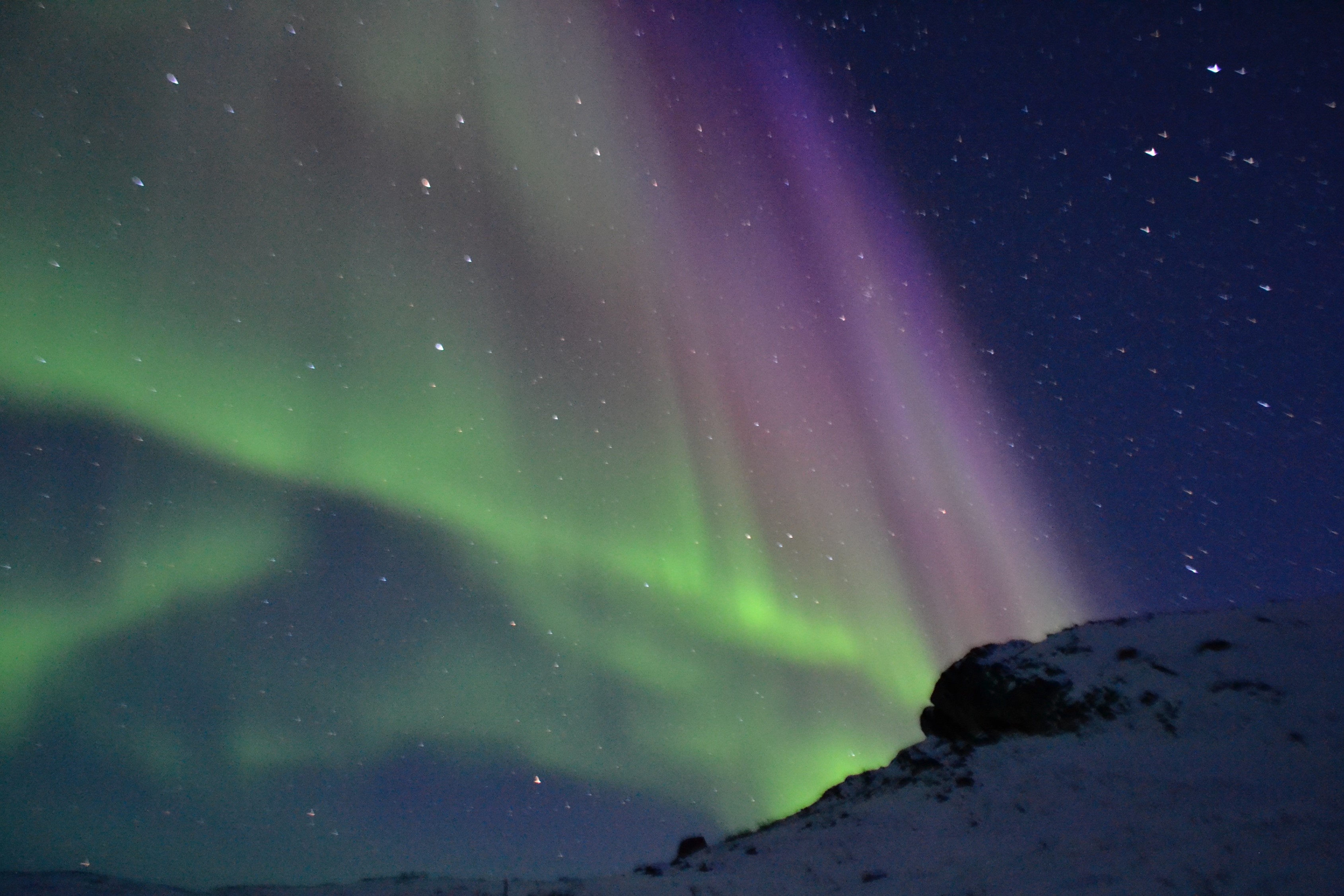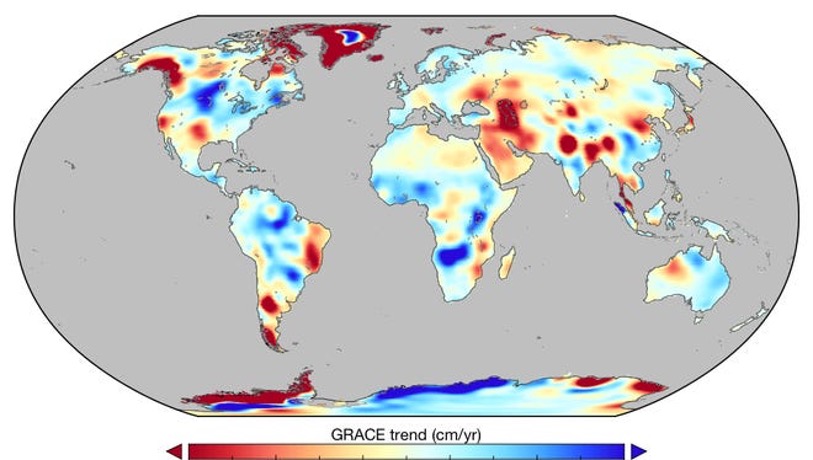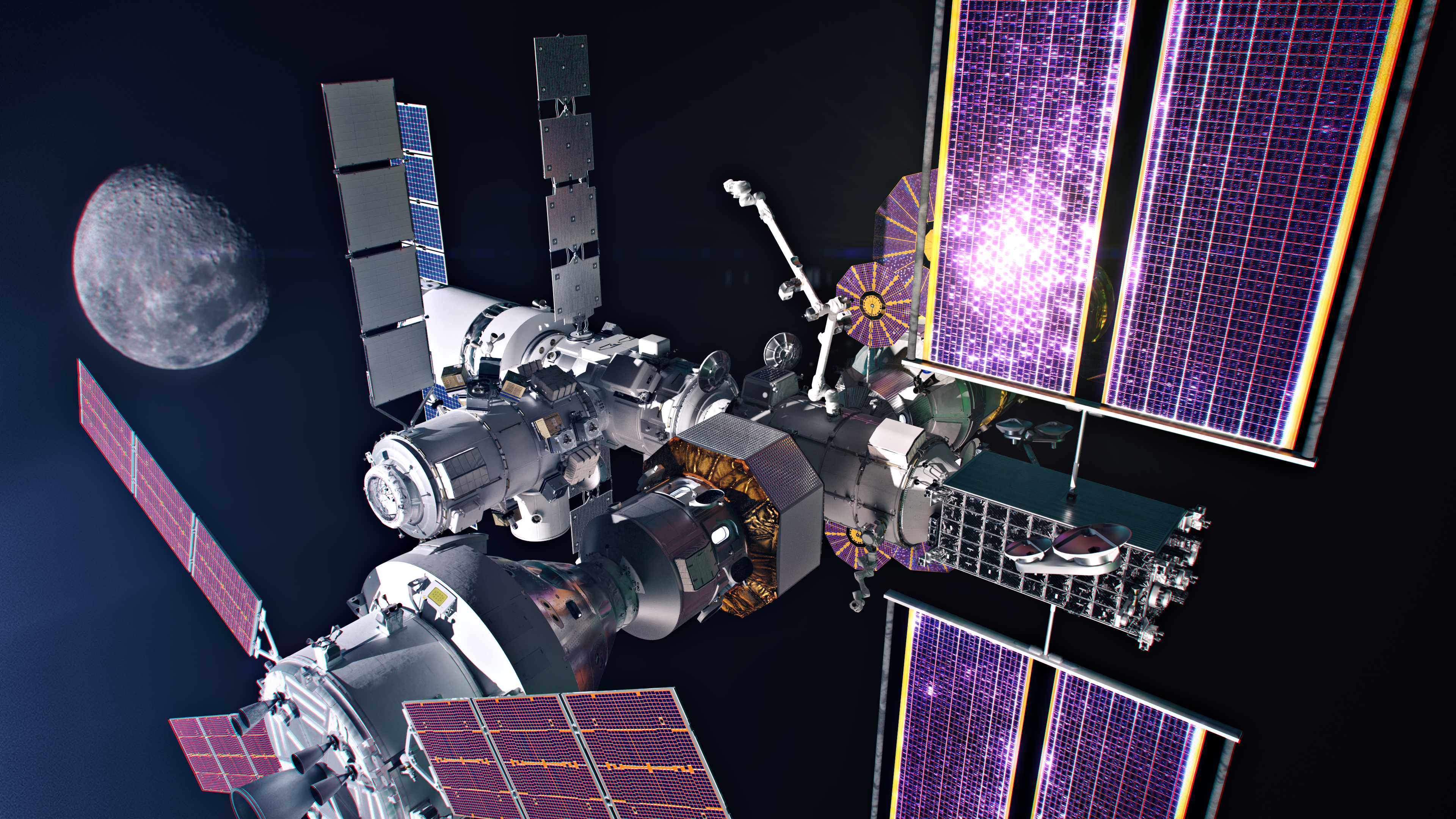4 min read
This blog post originated in the 2018 Science Mission Directorate Science and Technology Report.

ICI-5 Bifocal Flight Opportunity
Developed by a team at the University of Iowa, the Bifocal sensor is a next-generation electron instrument with very high angular resolution. The Bifocal sensor will be demonstrated on the ICI-5 sounding rocket mission, and will provide measurements that enhance our understanding of ionospheric irregularities that can have societal impact.
Modern spacecraft missions require scientific instruments that provide high-quality data while utilizing minimal resources. To meet this need, a NASA-sponsored team designed the Bifocal electron sensor, a compact instrument that provides both routine survey measurements and targeted high-resolution electron observations. The Bifocal sensor will see its first demonstration flight on the upcoming Investigation of Cusp Irregularities-5 (ICI-5) mission from Norway, part of the multi-national “Grand Challenge Initiative – Cusp” program.
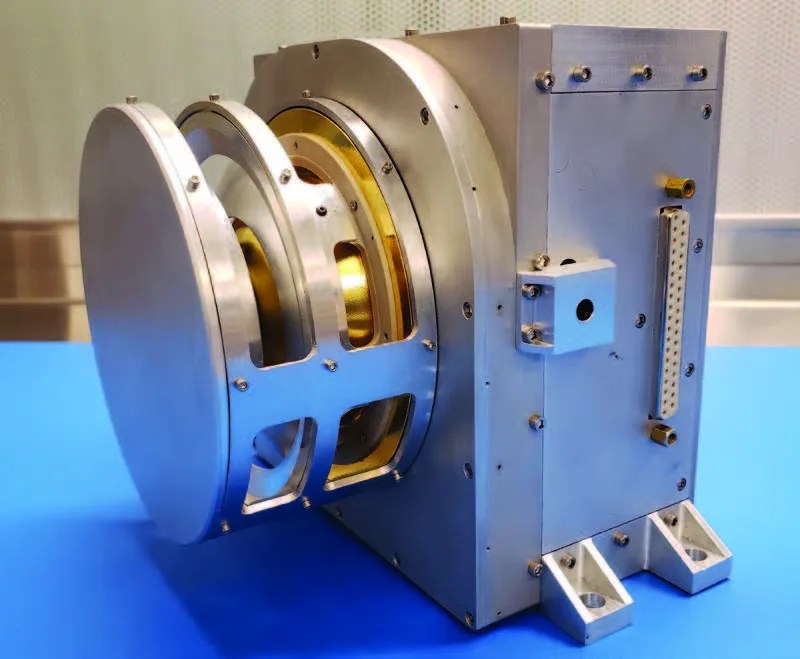
Over the past three years, a NASA-sponsored team led by Professor Jasper Halekas at the University of Iowa has developed a novel next-generation electron sensor that uses a combination of technologies to provide high angular resolution in two dimensions. The Bifocal sensor provides both coarse-resolution survey measurements of electrons from all directions and fine-resolution targeted measurements of electrons from any selected portion of the field of view. The Bifocal sensor accomplishes this feat by utilizing a pair of electrostatically controlled apertures (analogous to the two parts of the lenses of bifocal eyeglasses), paired with an imaging detector system.
To demonstrate the successful operation of the Bifocal sensor in a relevant environment and thereby increase the technology readiness level, a test flight is highly desirable. SMD’s Heliophysics Division is therefore supporting a demonstration flight of the Bifocal sensor on the ICI-5 sounding rocket mission. ICI-5 will launch into the geomagnetic cusp in late 2019 from Norway, as part of the multi-national “Grand Challenge Initiative – Cusp” (GCI) program, which consists of eleven sounding rocket flights by nine teams from three countries.
The goal of the ICI-5 mission is to understand the structure and evolution of ionospheric irregularities – complex density structures that can form in the ionosphere – and the effects of soft electron precipitation on their formation. The geomagnetic cusp provides a unique location to conduct this investigation, since the magnetic field there provides a conduit for electrons to precipitate down onto the ionosphere and influence its structure. The Bifocal sensor will provide high-resolution electron measurements at a high temporal cadence in support of this scientific goal.
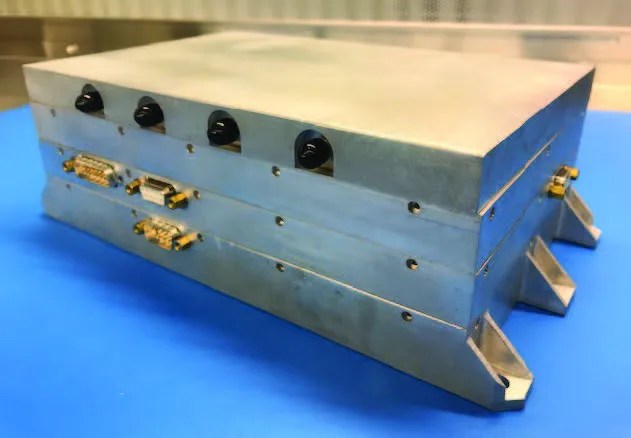
Understanding ionospheric irregularities is not only scientifically valuable, but has potential societal importance, since their presence can affect Global Positioning System (GPS)/Global Navigation Satellite System (GNSS) signal fidelity and satellite communications.
For this mission, the Iowa team integrated the prototype Bifocal sensor together with tailored electronics to produce the high voltages that control the Bifocal sensor apertures and interface to the ICI-5 digital processing and power systems. In 2019, the Bifocal sensor and the ICI-5/Bifocal electronics will be fully tested and qualified, integrated with the ICI-5 sounding rocket, and launched from Norway.
According to Prof. Halekas, “This flight of opportunity will not only help answer fundamental science questions about the ionosphere, but will demonstrate a new sensor appropriate for high-priority future NASA missions.” The ICI-5 flight will result in a TRL 6 electron sensor that would meet the requirements of several upcoming heliophysics missions including the Geospace Dynamics Constellation (GDC), the Magnetosphere Energetics, Dynamics, and Ionospheric Coupling Investigation (MEDICI), and others.SPONSORING
Heliophysics Division’s H-TIDeS Program
Dr. Jasper Halekas, University of Iowa
Read more Technology Stories

